Supertunias: The Best Companion Plants For A Knockout Display
Supertunias: The Best Companion Plants for a Knockout Display
Supertunias are a type of petunia that is known for their vibrant colors and long blooming season. They are a popular choice for container gardens, hanging baskets, and flower beds. But what if you want to add some variety to your Supertunia display? Here are some of the best companion plants for Supertunias:
- Lavender: Lavender is a classic companion plant for Supertunias. The two plants complement each other's colors and textures, and they both attract pollinators.

- Salvia: Salvia is another great choice for companion plants for Supertunias. It comes in a variety of colors, so you can find one that perfectly matches your Supertunias. Salvia is also a drought-tolerant plant, so it's a good choice if you live in an area with hot summers.

- Zinnia: Zinnias are a cheerful and colorful addition to any garden. They come in a variety of colors, so you can mix and match them with your Supertunias to create a stunning display. Zinnias are also relatively easy to care for, making them a good choice for beginner gardeners.

- Angelonia: Angelonia is a low-maintenance plant that is perfect for adding height to your Supertunia display. It comes in a variety of colors, including pink, purple, and white. Angelonia is also a good choice for attracting butterflies and hummingbirds.

- Pentas: Pentas is a tropical plant that is known for its long blooming season. It comes in a variety of colors, including pink, purple, and white. Pentas is also a good choice for attracting butterflies and hummingbirds.

When choosing companion plants for Supertunias, it is important to consider the size and growth habit of the plants. You want to make sure that the plants will complement each other and not compete for space. You also want to make sure that the plants have similar water and sunlight requirements.
In addition to the plants listed above, there are many other great companion plants for Supertunias. Some other popular choices include marigolds, cosmos, and bacopa. With so many options to choose from, you are sure to find the perfect companion plants to create a knockout display with your Supertunias.
Supertunias are a popular choice for gardeners because they are easy to care for and produce beautiful blooms. But did you know that there are some plants that can actually help Supertunias thrive? These are called companion plants, and they can provide a variety of benefits, such as attracting pollinators, deterring pests, and improving the overall health of your plants.
If you're looking for some great companion plants for your Supertunias, I recommend checking out Gardenia Inspiration. This website has a comprehensive list of companion plants for Supertunias, as well as information on the benefits of companion planting.
In addition to the information on the website, you can also find a wealth of companion planting resources online. There are many blogs, articles, and even videos that can teach you more about how to choose the right companion plants for your Supertunias.
So, what are you waiting for? Start exploring the world of companion planting today!
FAQ of supertunia companion plants
FAQ on Supertunia Companion Plants
What are some good companion plants for Supertunias?
Supertunias are a type of petunia that is known for its large, colorful flowers. They are relatively easy to care for and can be grown in a variety of conditions. Some good companion plants for Supertunias include:
- Sweet alyssum: This low-growing plant has delicate white, pink, or purple flowers that bloom from spring to fall. It is a good choice for filling in the spaces between Supertunias and helps to deter pests.
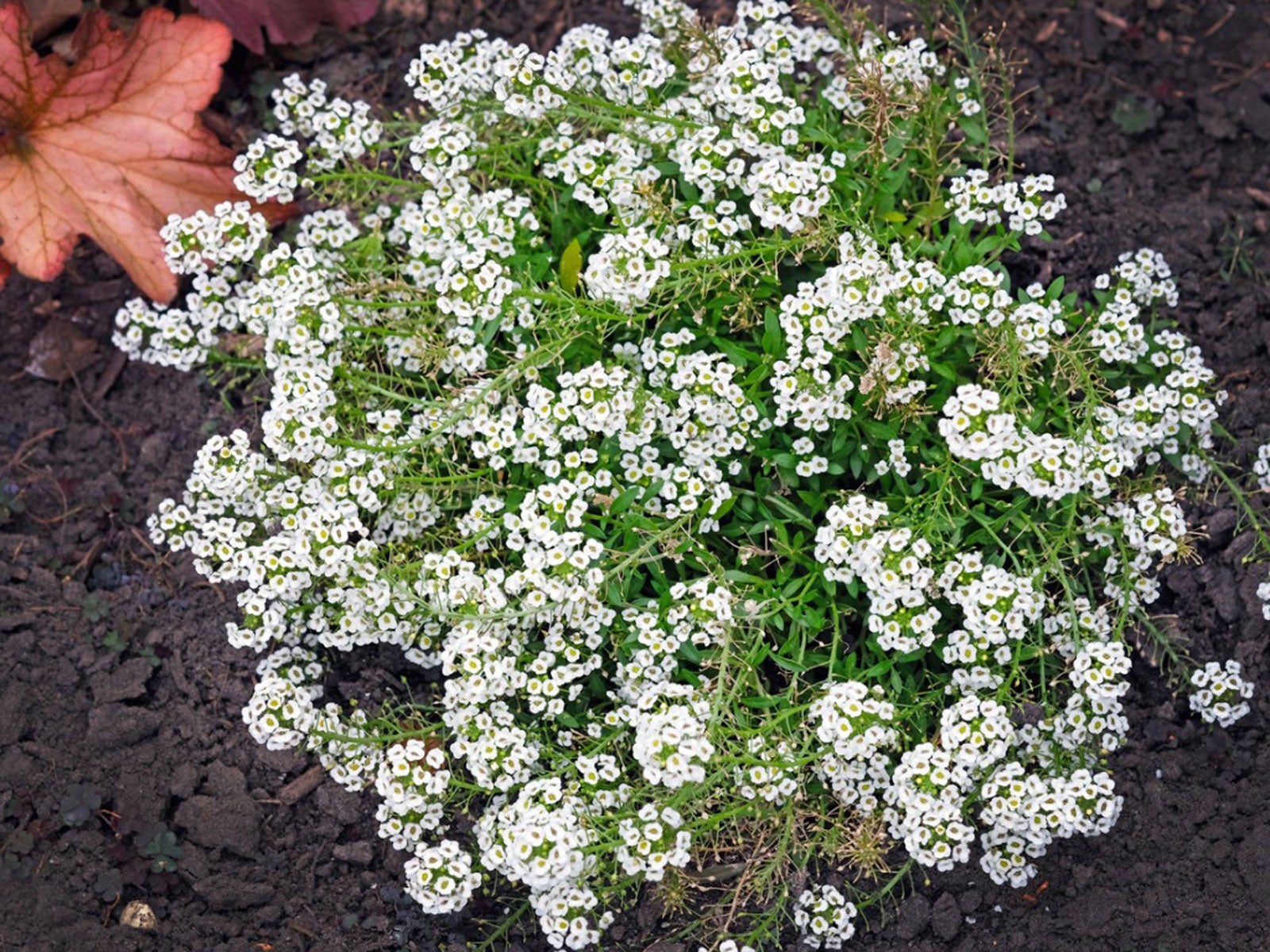
- Lavender: This fragrant herb has purple flowers that bloom in the summer. It attracts pollinators and helps to repel pests.
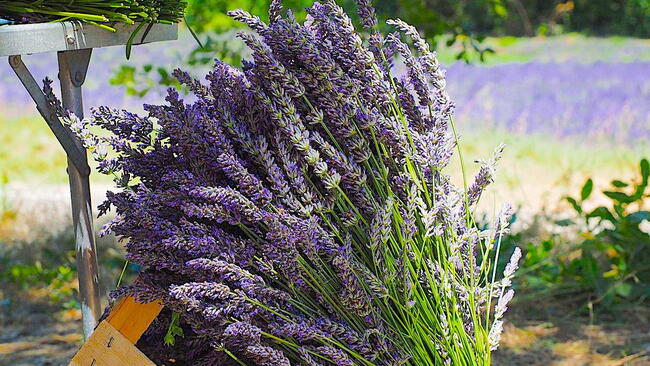
- Salvia: This plant has blue, purple, or white flowers that bloom in the summer. It attracts pollinators and helps to deter pests.
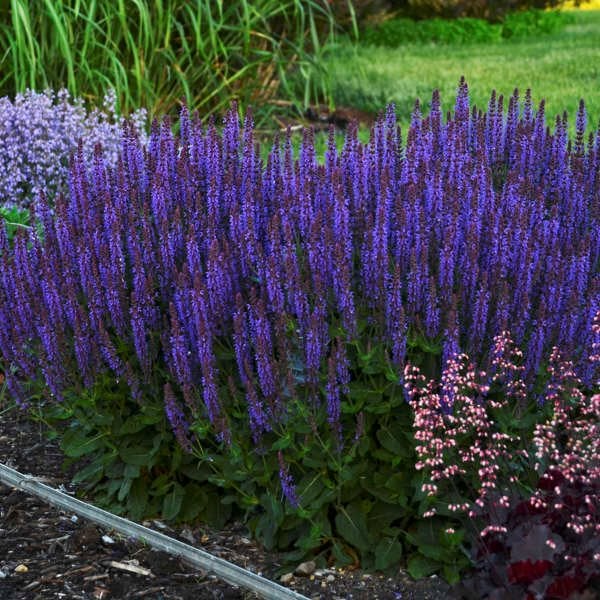
- Zinnia: This annual plant has bright, colorful flowers that bloom in the summer. It is a good choice for adding height and interest to a garden.
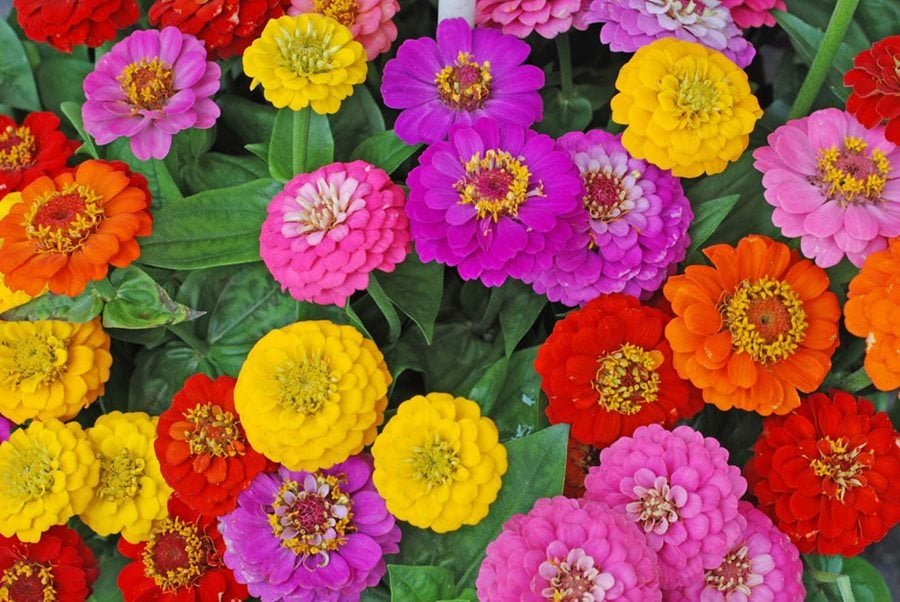
- Coleus: This plant has colorful leaves that can add a splash of interest to a garden. It is a good choice for growing in containers or hanging baskets.
How far apart should Supertunias be planted?
Supertunias should be planted about 12-18 inches apart. This will give them enough room to spread and grow. If you are planting them in a container, be sure to choose one that is large enough for them to grow in.
What are some tips for caring for Supertunias?
Supertunias are relatively easy to care for. They need full sun and well-drained soil. Water them regularly, especially during hot, dry weather. Fertilize them every few weeks with a balanced fertilizer. Deadhead the flowers regularly to encourage new blooms.
What are some common problems with Supertunias?
The most common problems with Supertunias are aphids, whiteflies, and powdery mildew. Aphids and whiteflies can be controlled with insecticidal soap or neem oil. Powdery mildew can be prevented by watering your plants in the morning and avoiding overhead watering.
Image of supertunia companion plants
- Zinnia: Zinnias are a great companion plant for supertunias because they have similar growing requirements and bloom at the same time. They also add a splash of color to the garden, and their tall, upright stems help to provide structure.

- Marigold: Marigolds are another great companion plant for supertunias. They help to deter pests, such as aphids and whiteflies, and they also add a touch of sunshine to the garden.
- Lavender: Lavender is a beautiful and fragrant plant that can be a great companion for supertunias. It helps to attract pollinators, such as bees and butterflies, and it also helps to repel pests.
- Cosmos: Cosmos are a carefree and easy-to-grow plant that can be a great companion for supertunias. They add a touch of airiness to the garden, and they also attract pollinators.
- Coleus: Coleus is a colorful and versatile plant that can be a great companion for supertunias. It can be used to add a pop of color to the garden, and it can also be used to create a cascading effect.
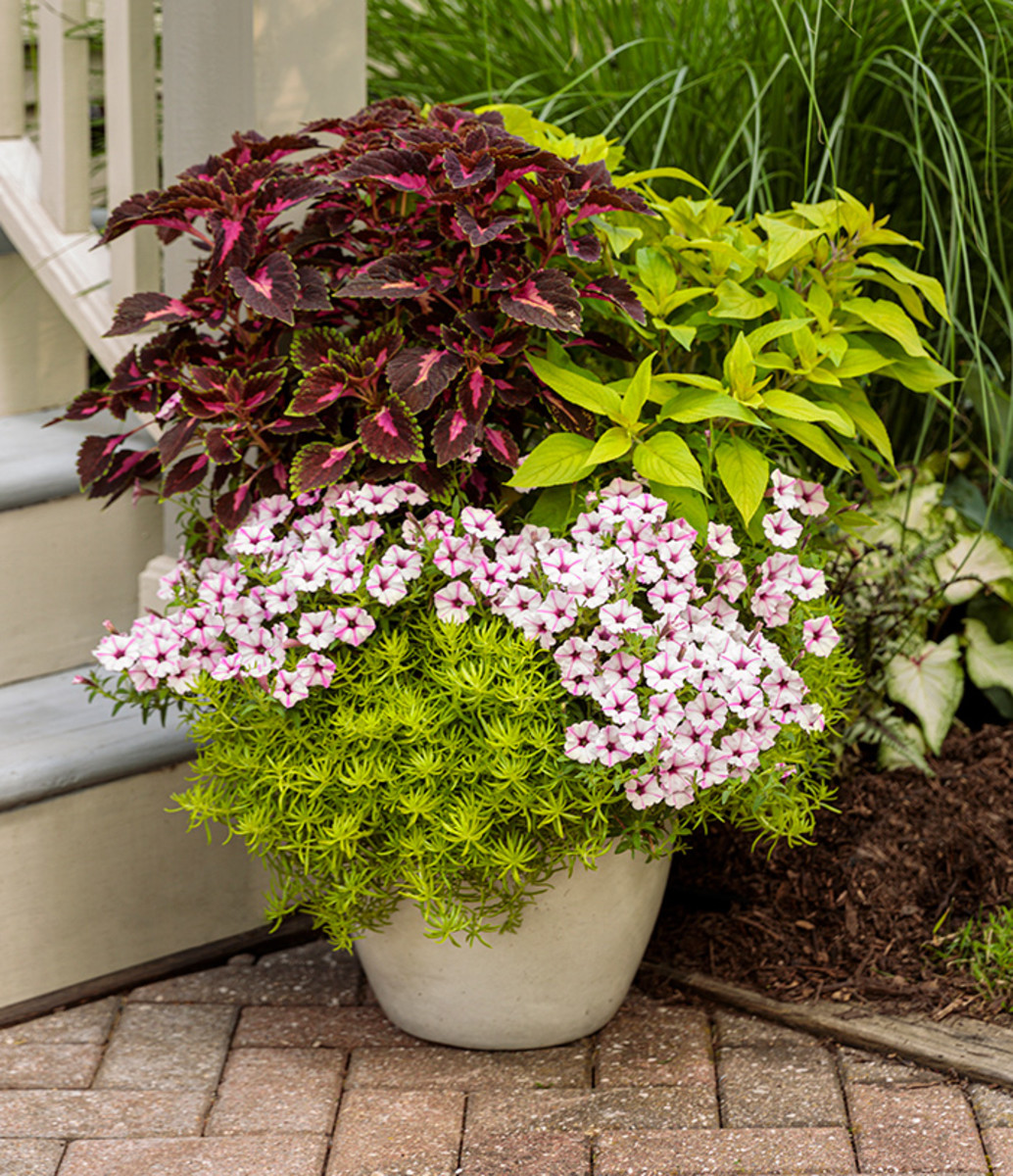

Post a Comment for "Supertunias: The Best Companion Plants For A Knockout Display"